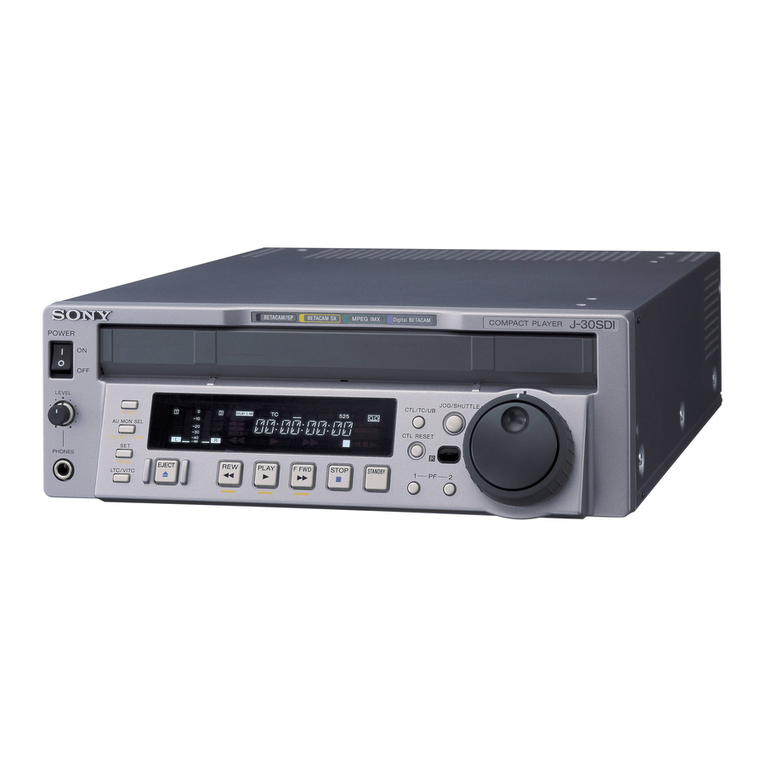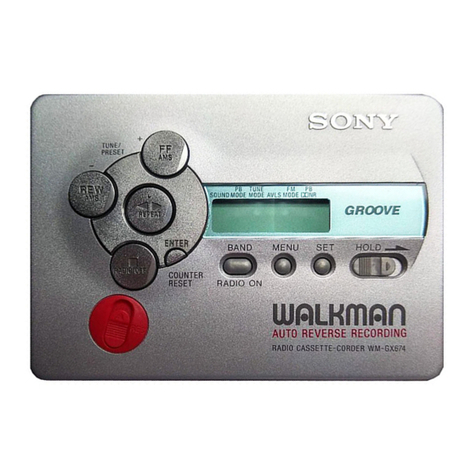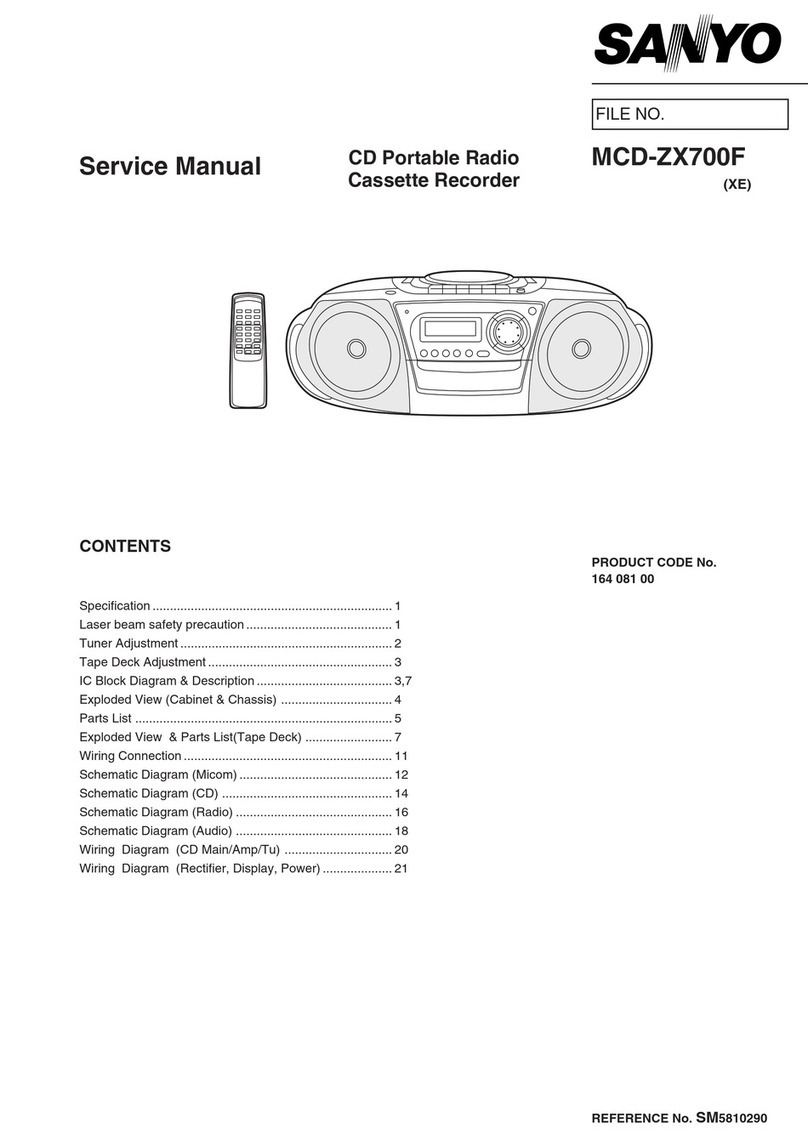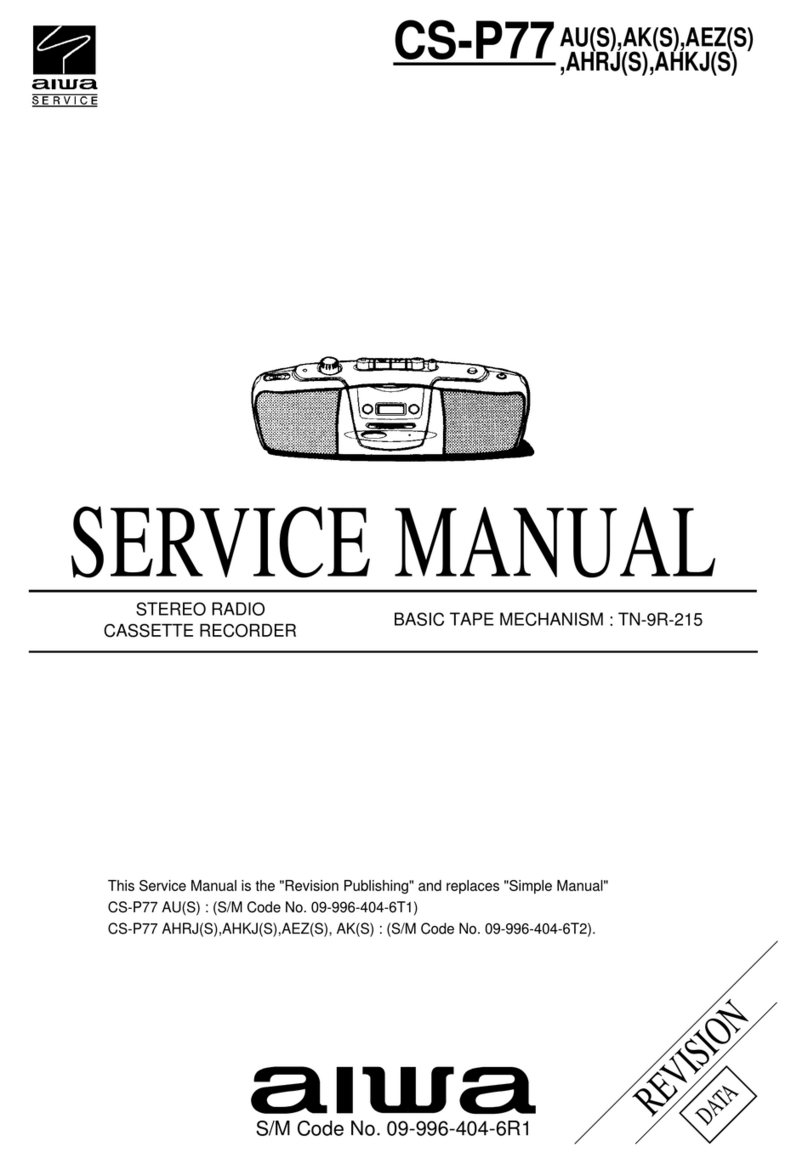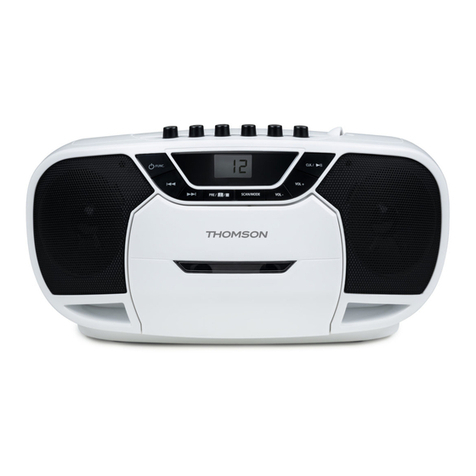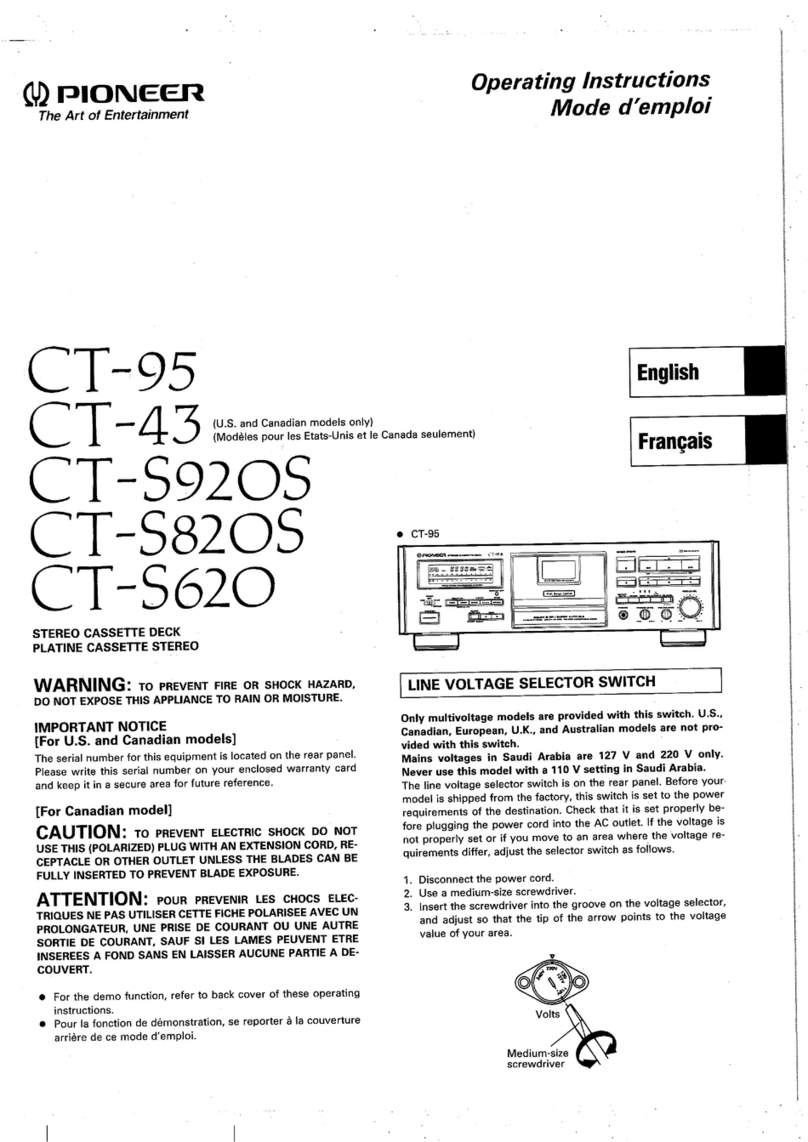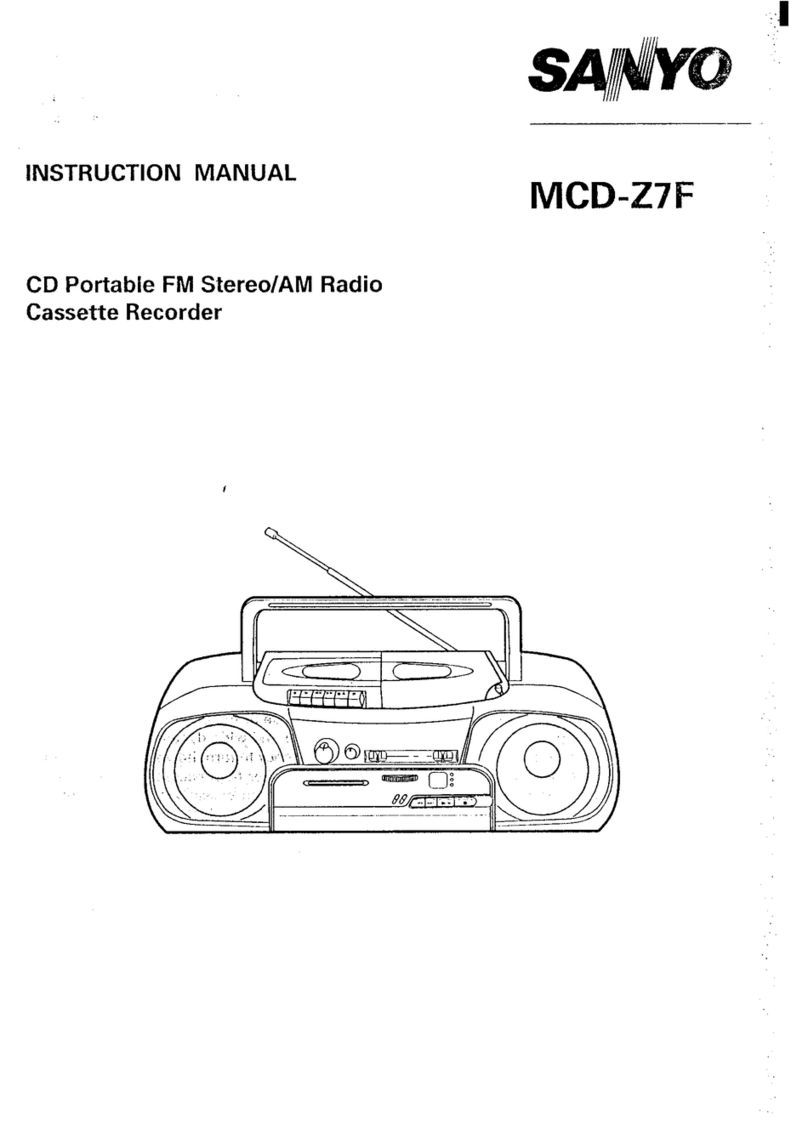Sony TC-U30 User manual
Other Sony Cassette Player manuals
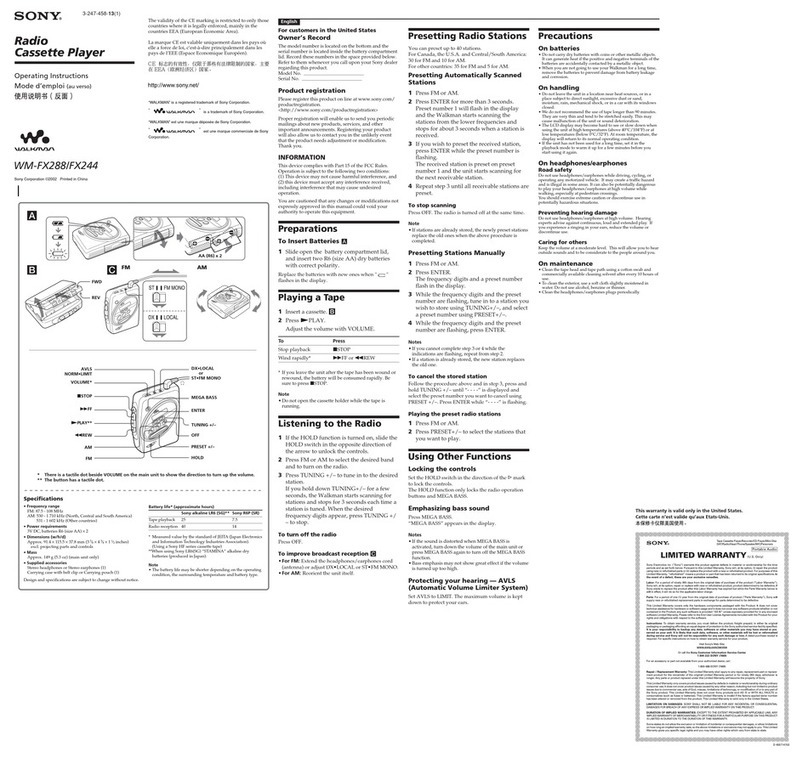
Sony
Sony WM-FX244 Marketing User manual

Sony
Sony CFM-104 Marketing User manual
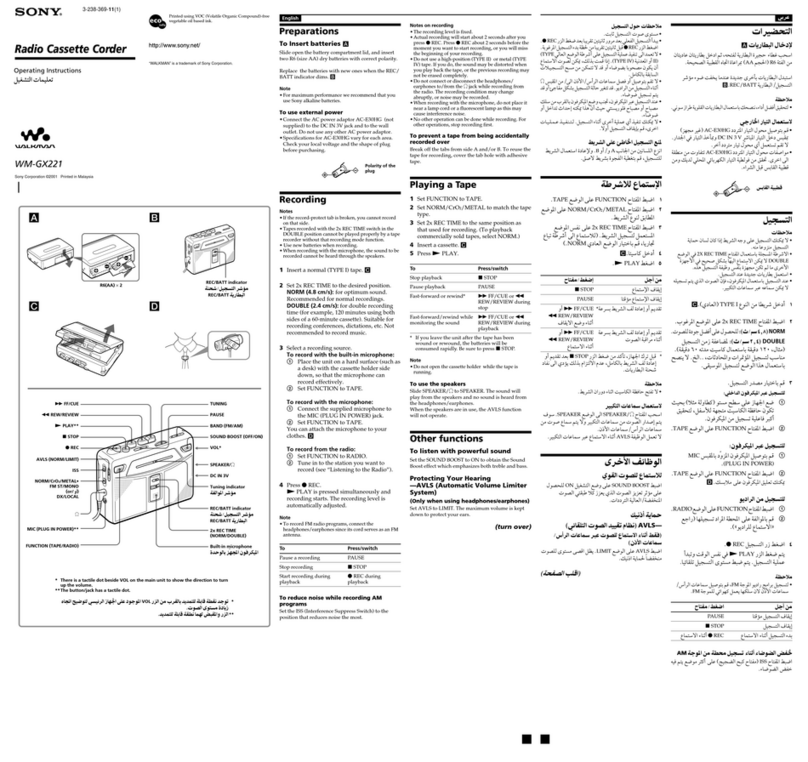
Sony
Sony Walkman WM-GX221 User manual

Sony
Sony Walkman WM-EX9 User manual
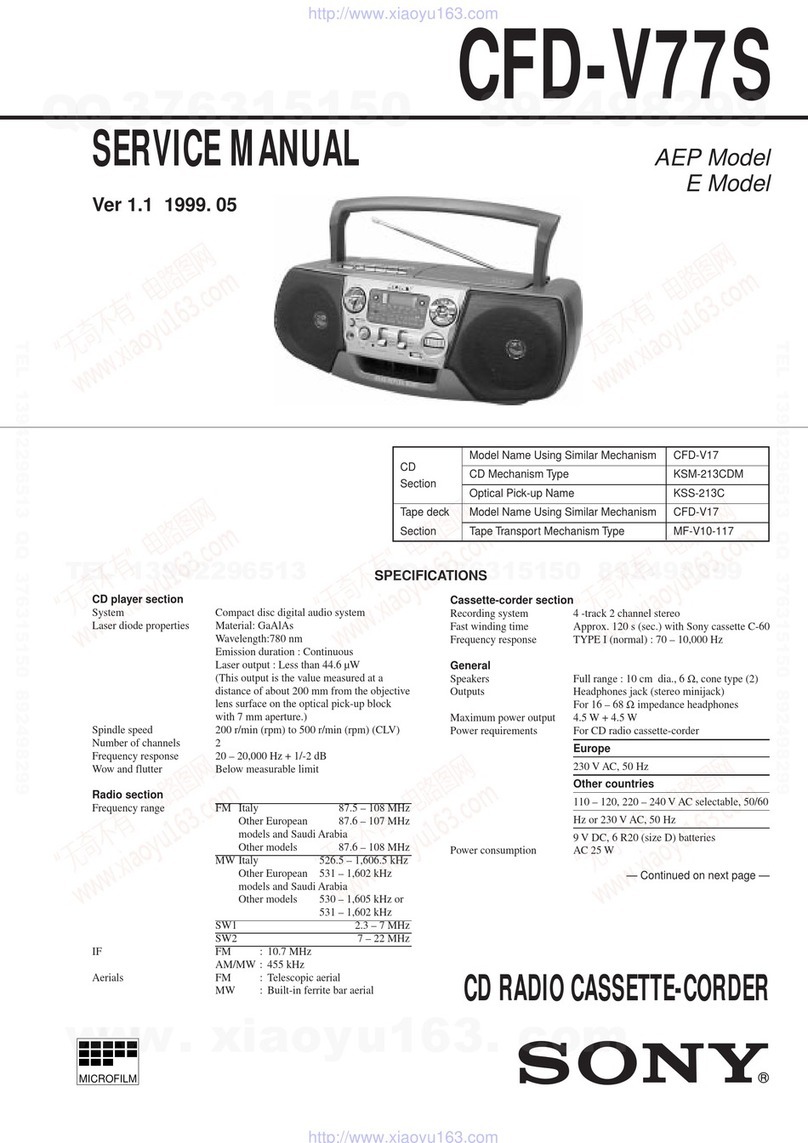
Sony
Sony CFD-V77S User manual

Sony
Sony Walkman WM-FX491ST User manual
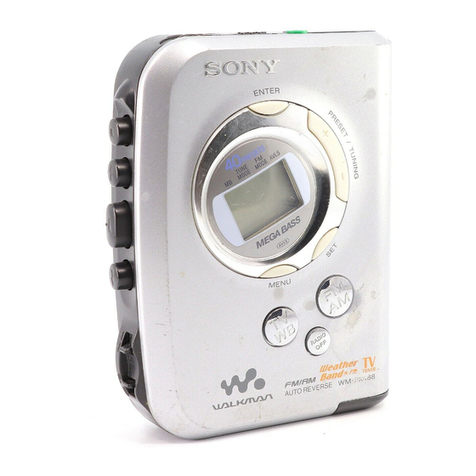
Sony
Sony Walkman WM-FX488 User manual

Sony
Sony TC-K615S User manual

Sony
Sony CFS-515S User manual
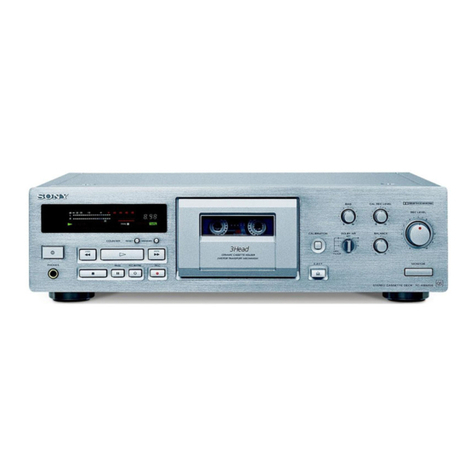
Sony
Sony TC-KB920S User manual
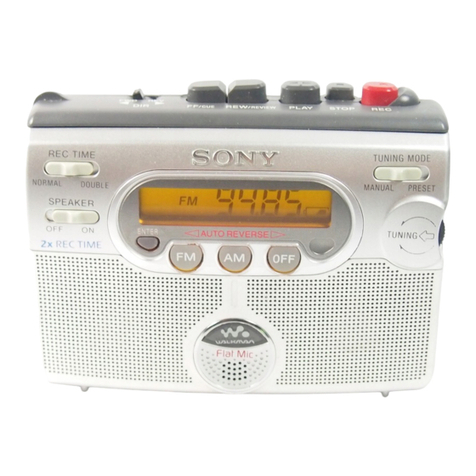
Sony
Sony Walkman WM-GX400 User manual

Sony
Sony TCM-36 User manual
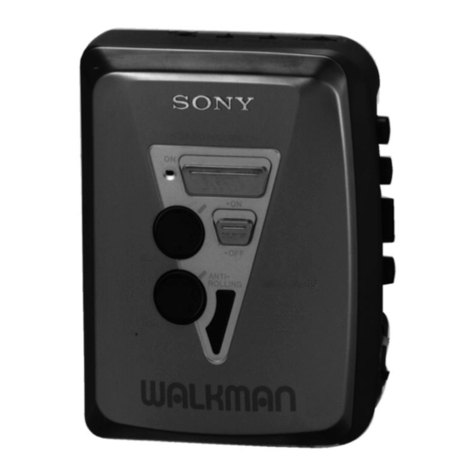
Sony
Sony Walkman WM-EX372 User manual

Sony
Sony TC-FX120 User manual

Sony
Sony Walkman WM-FX267 User manual

Sony
Sony TC-K88B User manual

Sony
Sony Walkman WM-FX700 User manual

Sony
Sony CFM-10 Operating Instructions (primary... User manual
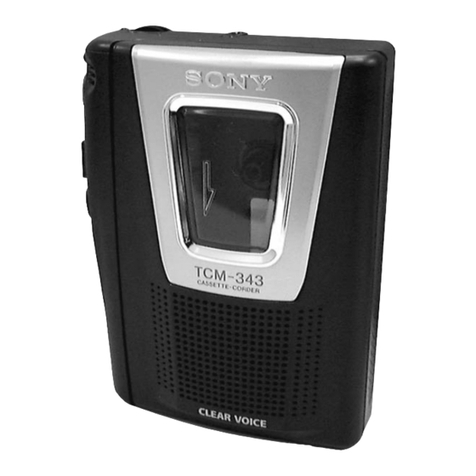
Sony
Sony TCM-343 User manual

Sony
Sony TCM 150 - Cassette Recorder User manual


